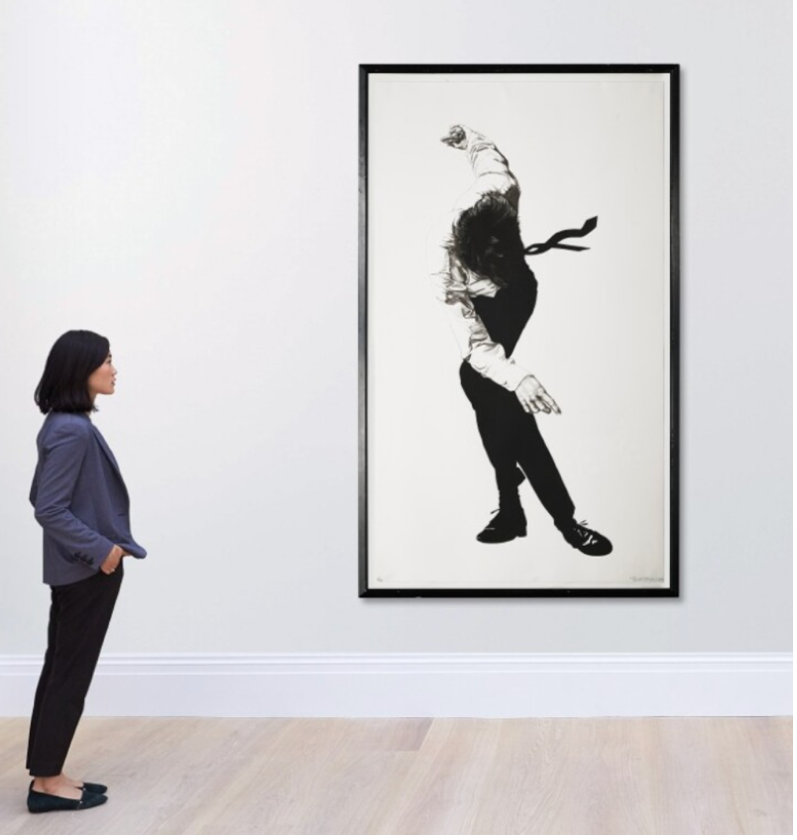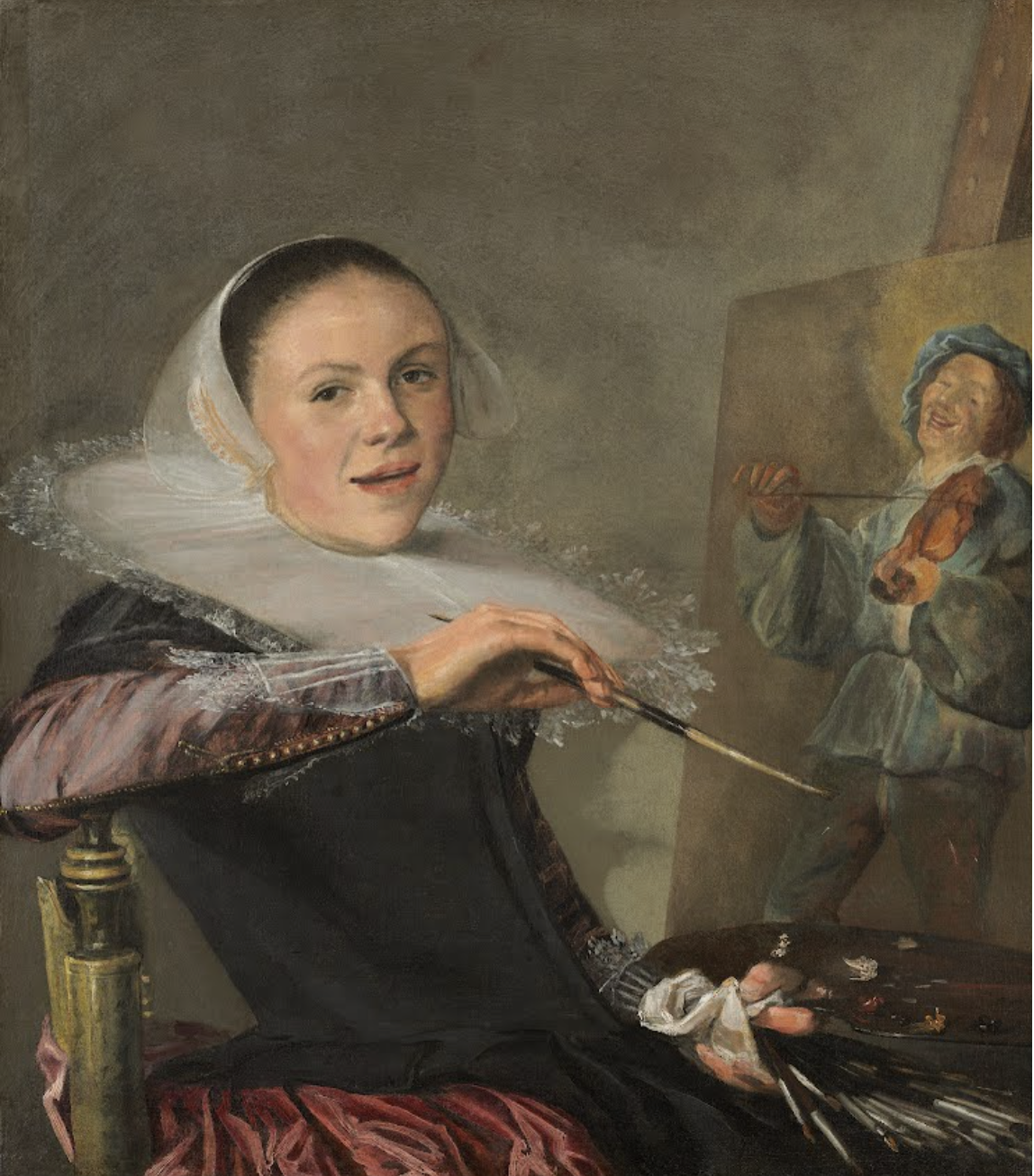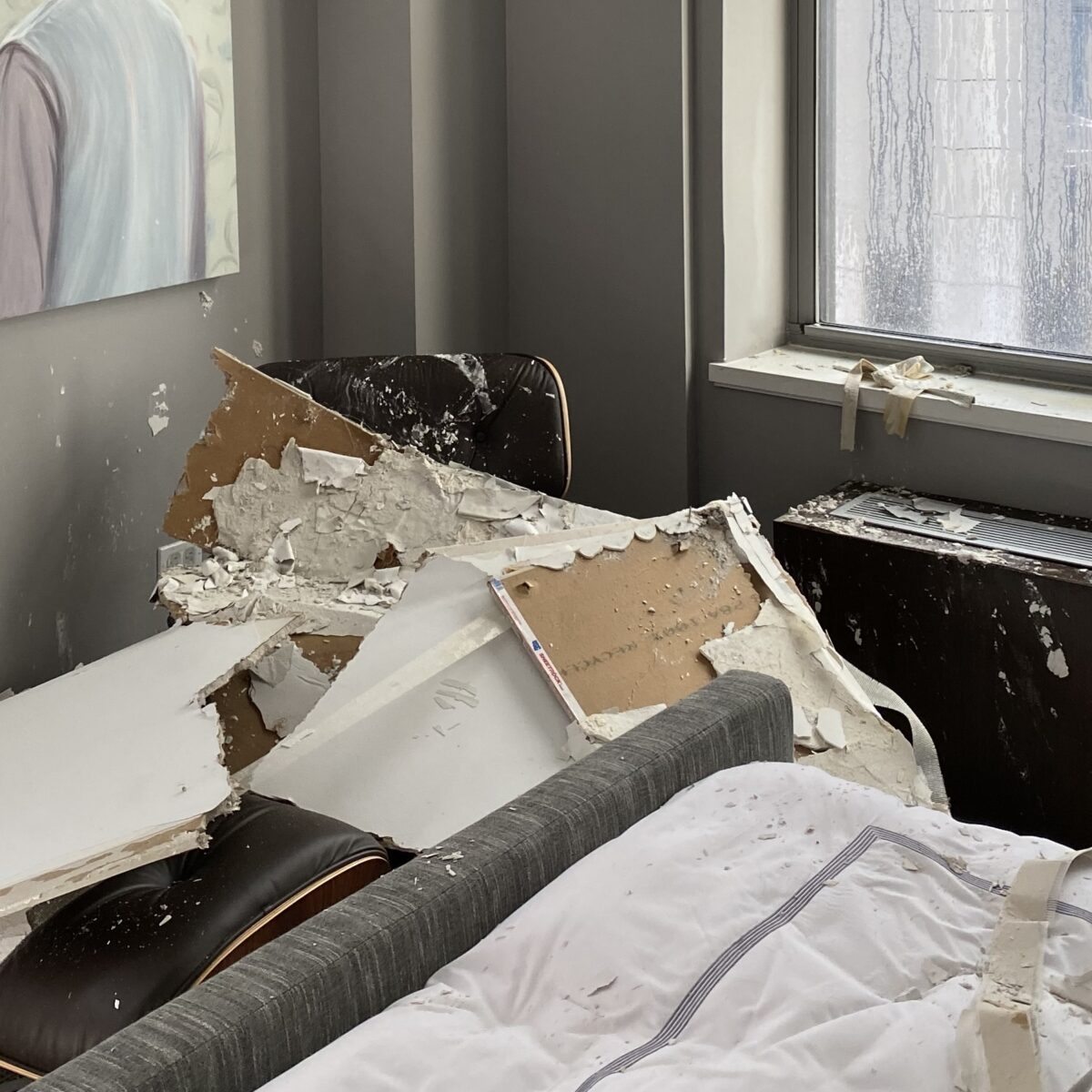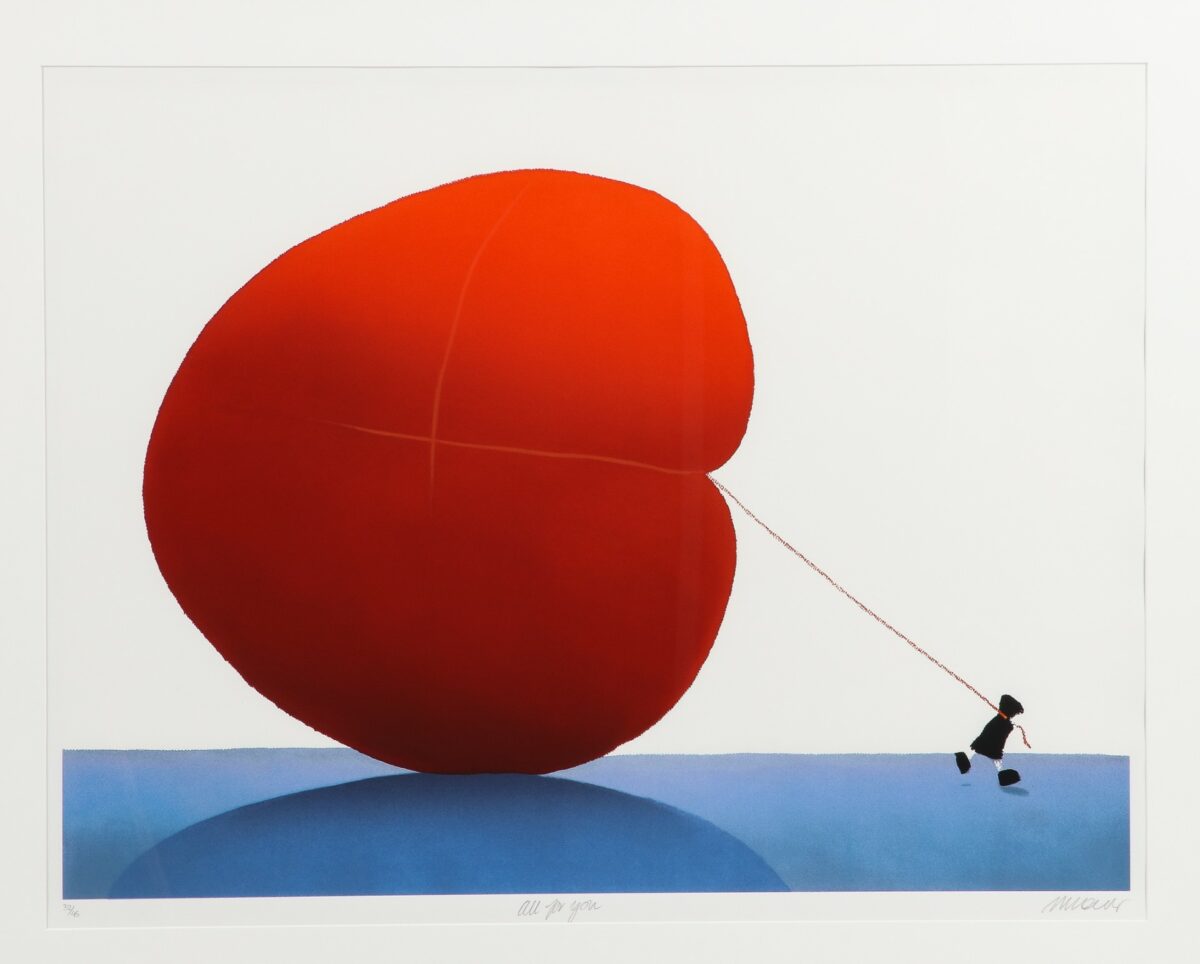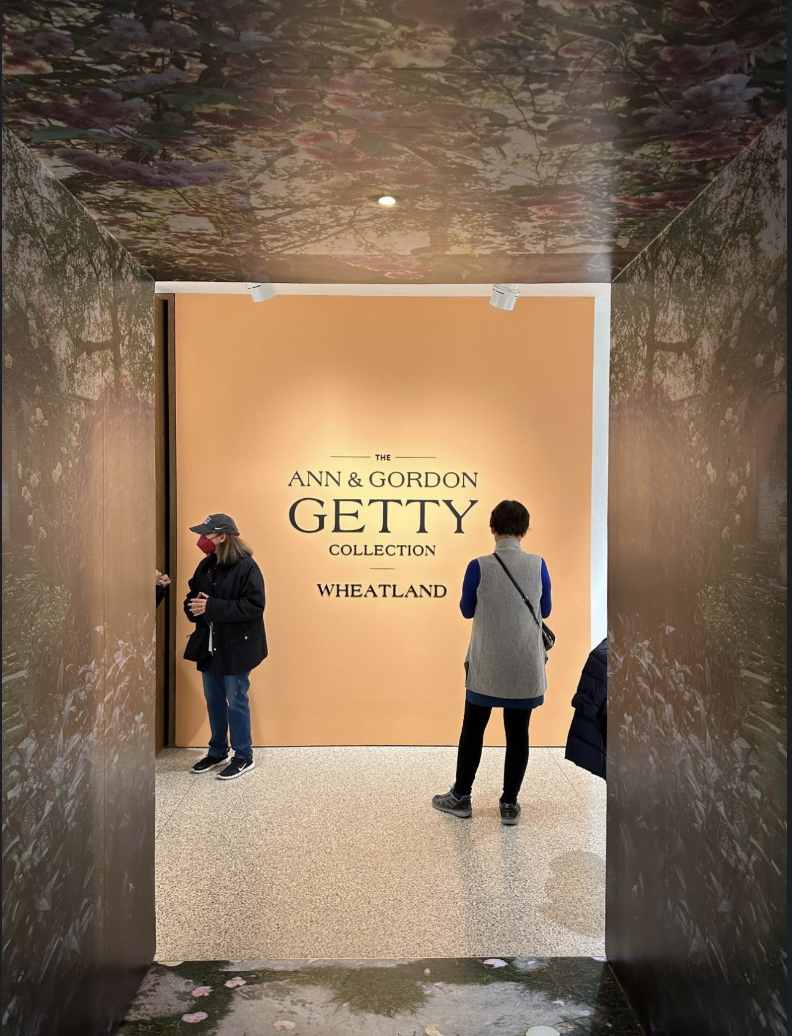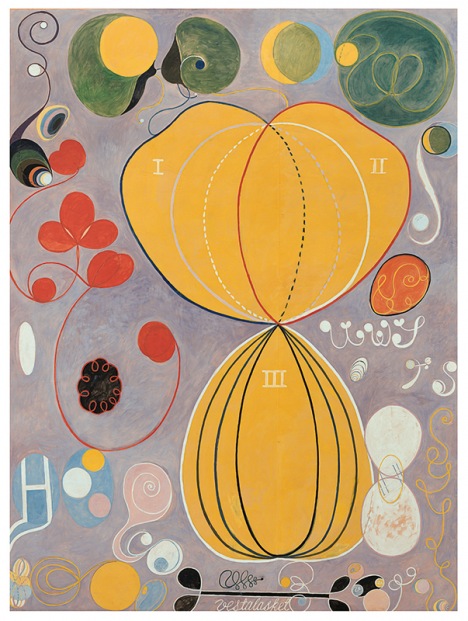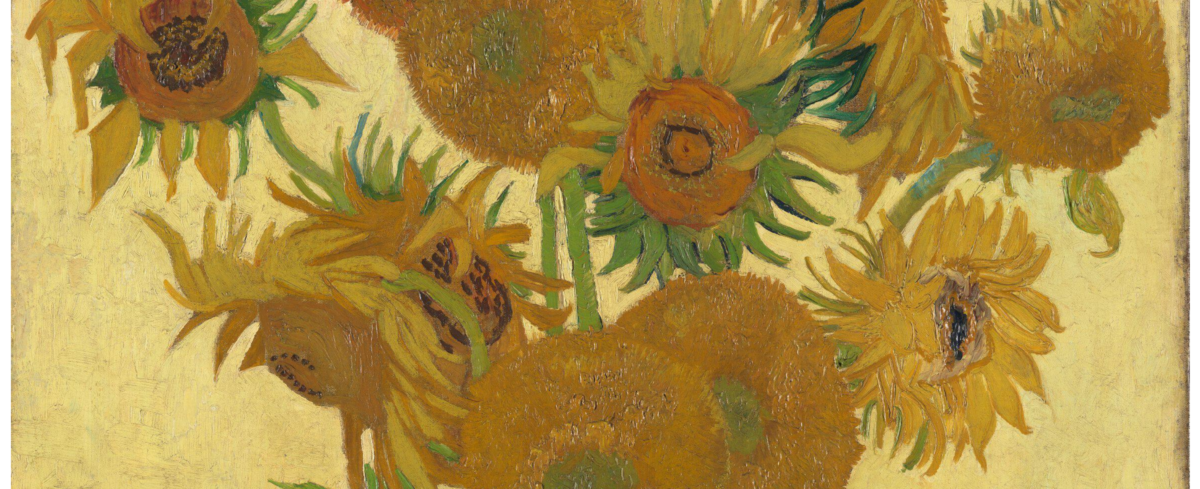Springtime is a season of renewal and rejuvenation- and in this same spirit, Art Peritus has undergone a transformation as well! After months of meticulous crafting, we’re thrilled to unveil our new branding and invite you to learn more about it here, because it’s not merely a new logo and website; it embodies our identity.
Why New Branding?
Art Peritus has been growing and evolving for close to twenty years based on the strength and quality of the appraisal, consulting, and art crisis management services we provide. But it is not our services that define us. It’s our expertise.
Private collectors, insurers, trust & estate attorneys, wealth managers and fellow art industry professionals have come to rely upon Art Peritus to deliver the knowledge and insight they require to make informed decisions. The large collections in our charge, comprised of the valuable fine and decorative artwork that we handle, often hold tremendous importance, and thus merit the trust and discernment only a deeply experienced firm can provide.
Like the artwork and antiques we appraise and manage, our aim was to cultivate a brand that was timeless, elegant, and distinct.
The Golden Ratio
Our new logo has a look that might seem somewhat familiar. That’s because the design is based upon the “Golden Ratio.”
The Golden Ratio (also known as Phi or the Fibonacci Sequence) is found throughout the natural world, such as in the logarithmic spiraling shape of the nautilus or snail shell, artichokes, hurricanes, and pinecones for example. Like Pi, which describes the ratio of a circle to its circumference, Phi is also an irrational number that follows endlessly past its decimal point.
Artwork and natural elements that follow the Golden Ratio are almost universally perceived as more attractive or beautiful than those that don’t, leading scientists to surmise that humans may be hard-wired to appreciate it all its various forms.
From Leonardo da Vinci to Salvador Dali, the Golden Ratio has been widely embraced by a myriad of artists over the centuries. So much so, that understanding the Golden Ratio is a fundamental element of understanding fine art, design, and art appreciation.
As professional appraisers and consultants, we encounter the Golden Ratio in our work every day, so reflecting it in our new logo and branding made perfect sense. In many ways, Art Peritus shares its sublime values. For example, you may not be able to identify what attracts you to a certain work of art, but it may well be the Golden Ratio that is held within it. Similarly, a collector may not fully understand what makes their art or antiques so valuable, but our expertise is able to not just identify, but also qualify the value that is held within.
Beyond the Logo
Naturally, a brand transcends a mere logo; thus, Art Peritus is unveiling our fresh brand alongside a new, cutting-edge website. This revamped platform fully embodies the scope and sophistication of our services, while simultaneously elevating our aesthetic profile.
We wanted our new website to mirror the caliber and prestige of the artwork and assets entrusted to us. Given Art Peritus engages with some of the most notable private collectors, auction houses and institutions in the world, it was paramount that our website convey this same facet of our brand.
A striking element of our reimagined brand is our revitalized color palette. We’ve intensified our iconic vermillion, exemplifying the passion and vigor we infuse into our work. This is complemented by accents of brushed gold symbolizing the depth of knowledge, value, and warmth inherent in our services and client interactions, and a light beige representing the reliability and objectivity in the work product we produce. Together, these hues harmonize to craft a refined and elevated aesthetic that is beautifully reflective of the august and urbane nature of the industry and individuals we serve.
Additionally, Art Peritus has diligently honed the language in our brand messaging. These are the strokes that bring a brand to life, while also expressing the most salient facts about the work we undertake and the services we provide. Just as in our meticulous appraisals, we aim for truth and transparency, ensuring we consistently surpass our clients’ expectations.
The New Brand Goal
Precision underscores our brand, as it epitomizes the essence of our expertise. Clients rely on Art Peritus’ vast knowledge and seasoned experience to deliver the most effective art crisis management solutions, meticulously detailed appraisals, and comprehensive consulting for their collections. Without the need for words, our new brand speaks volumes and effortlessly conveys our commitment to truth.
Art Peritus collaborated closely with DAMN GOOD agency in bringing this new brand and website to life, and we’re struck by how deep and insightful the journey with them has been. We consider our new brand to be a true work of art. Wouldn’t you agree?
###


